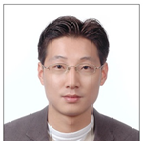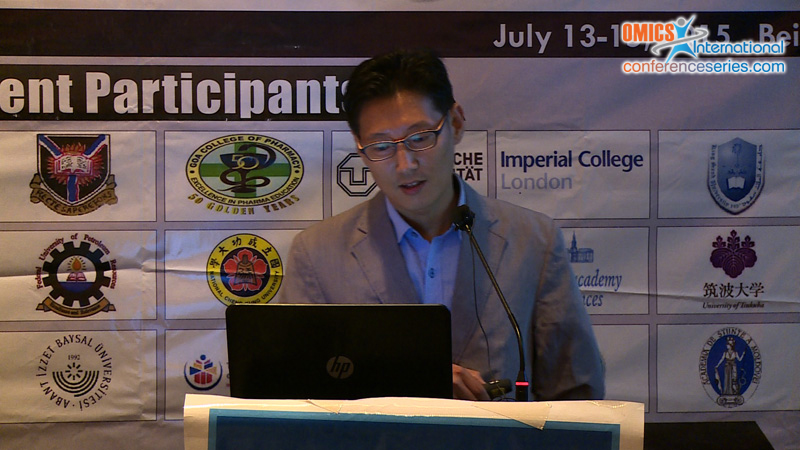
Joon-Pyo Jeun
Korea Atomic Energy Research Institute
Republic of Korea
Title: A Novel Isolation Method of Cellulose Nanocrystals from Microcrystalline Cellulose
Biography
Biography: Joon-Pyo Jeun
Abstract
In this study, we investigated an effective isolation method of the cellulose nanocrystal (CNC) to find a rapid and high-yield using an electron beam irradiation (EBI). Commercial microcrystalline cellulose (Avicel PH-101), purchased from Sigma-Aldrich, was used as a starting material. CNC was obtained from Avicel PH-101 with sulfuric acid by both controlling the irradiation dose varied and the time of hydrolysis treatment. In experimental, the EBI of the Avicel PH-101 was performed at various doses ranging from 50 to 200 kGy and then hydrolyzed with 65% sulfuric acid at (pre-heated) 45oC for 30, 60, 90, 120 min. Particle size characterization and FE-SEM clearly showed the formation of rod-like shaped 50-CNC-301) (average particle size: 330 nm) and 0-CNC-120 (average particle size: 319 nm). X-ray diffraction indicated that 50-CNC-30 has higher crystallinity index (78.0%) than that of 0-CNC-120 (76.7%). We could decrease the hydrolysis time of CNC from 120 min (0-CNC-120) to 30 min (50-CNC-30). Moreover, the yield of CNC was improved from 44% (0-CNC-120) to 51% (50-CNC-30). To demonstrate these results, elemental analysis (EA) showed sulfur impurity (0.51-0.74%) in CNC along with other main components (C, H, and O). X-ray photoelectron spectroscopy (XPS), Zeta-potential, and thermal stability (TGA-DTG) of CNC were also carried out. An EBI-induced novel isolation method of CNC can be effective and facile process in industrial applications. 1) Irradiation dose; 50kGy, Hydrolysis time; 30 min.

